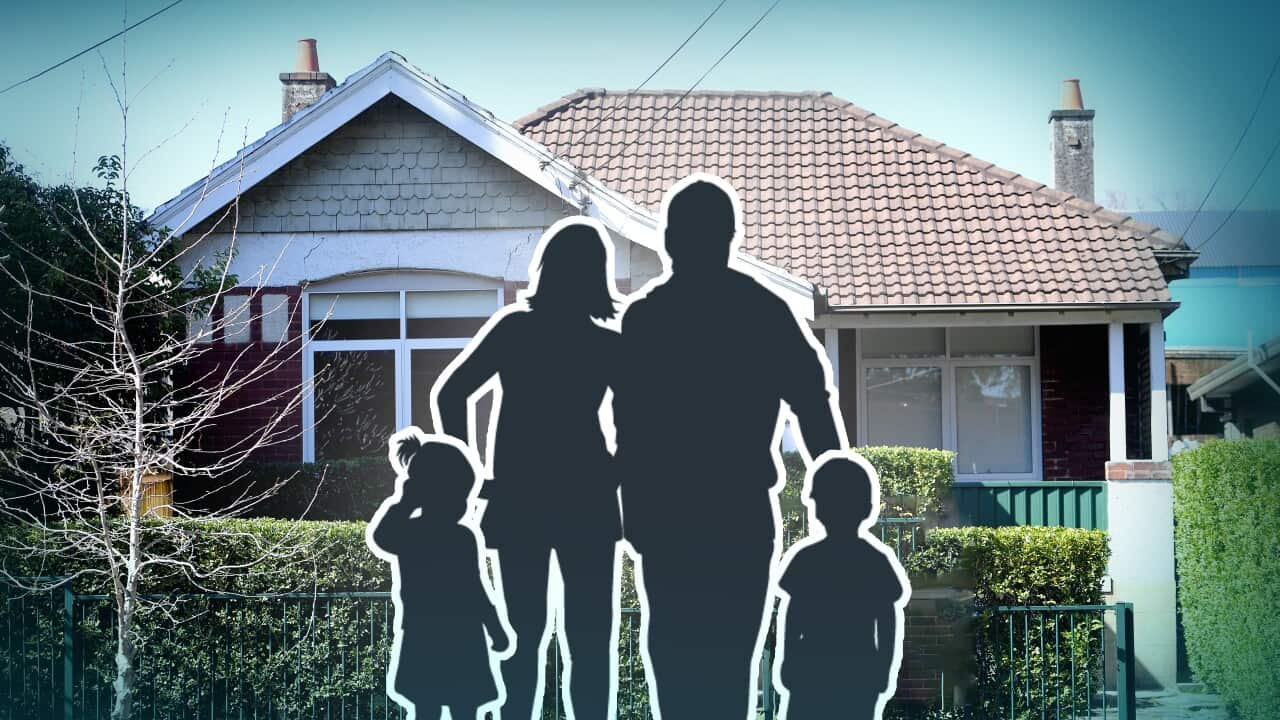Key Points
- Australia's economy only grew 0.2 per cent over the December quarter.
- The annual growth rate of 1.5 per cent is one of the lowest in decades.
- Analysts say it has fuelled expectations interest rates will drop.
The 0.2 per cent increase in the three months to December met economists' expectations and was marginally down from the 0.3 per cent lift in the three months to September.
The economy grew 1.5 per cent over the year, according the Australian Bureau of Statistics' (ABS) latest National Accounts, released on Wednesday.
What was the growth rate before?
While the report reflects a ninth straight rise in quarterly GDP, analysts say Wednesday’s numbers show economic activity has slowed to a relative stand-still.
According to IG market analyst Tony Sycamore, "it is yet another sub-par number," with more normal GDP levels in the past few decades being closer to 3 per cent.
A comparison with previous levels shows the annual growth rate of 1.5 per cent is one of the lowest since 2000.

Will interest rates be impacted by the GDP rate?
The release of the most recent growth rate data has brought a tide of speculation over whether a change in interest rates can be expected, and if so, when.
Head of research at property data company CoreLogic, Tim Lawless, said the weak growth figures shows the Australian economy is "treading water".
"These are some soft numbers in the GDP outcome, and it's going to fuel expectations that interest rates will be coming down earlier than expected".
He said most economists are expecting the first of these cuts to take place in September, with at least one more to come later in the year.
Cassandra Goldie, the CEO of the Australian Council of Social Service (ACOSS) said the low GDP growth in the December quarter is an indicator that the Reserve Bank of Australia (RBA) went too far in its interest rate hikes last year.
"Excessive interest rate rises last year have brought financial distress and job losses as we enter 2024 and they are likely to continue to suppress growth in jobs and incomes unless the RBA changes course," she said.
The RBA lifted rates five times for total increase of 1.25 per cent in 2023.
The next interest rates announcement will come on 19 March following a two-day meeting of the RBA board, but analysts predict the cash rate will remain unchanged at 4.35 per cent.
What does the latest growth rate say about the state of the economy?
Treasurer Jim Chalmers has remained positive, saying the most recent GDP rate should not be cause for concern.
"Slow growth is still significant growth given the challenging global conditions combined with the impact of higher interest rates here in our own economy," he said on Wednesday
And while growth is slow, Australia has avoided a technical recession, which would require two consecutive quarters of negative growth. The ABS data shows Australians are spending less per person.
The latest report shows GDP growth per capita – a breakdown of a country's economic output per person - fell by 0.3% since the previous quarter, marking the fourth consecutive quarterly fall in per capita GDP.
Sycamore said these figures indicate what he calls a "per capita recession".
RSM Australia economist Devika Shivadekar said the stress Australians are feeling due to high interest rates and cost of living pressures is reflected in this drop in spending.
“Per capita economic performance remains disappointing and (is likely to) continue to be in the months ahead,”Shivadekar said.
However, Lawless predicts confidence and spending will start to lift with the expectation that interest rate cuts are now on the horizon.
"Despite the fact that the economy is quite flat, I think sentiment is going to be lifting … because we'll see a growing expectation that rate cuts are in the wings and inflation is getting under control."



